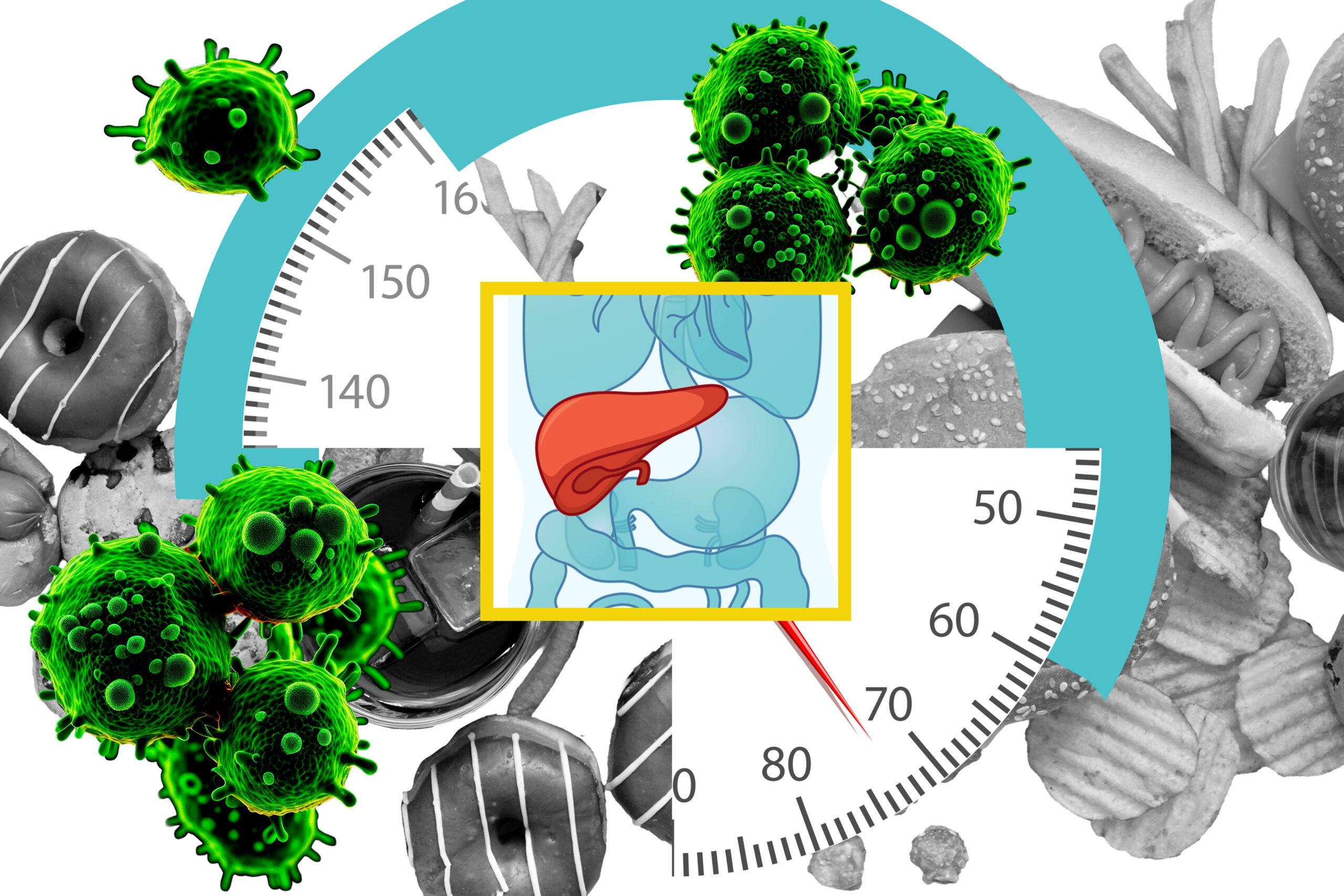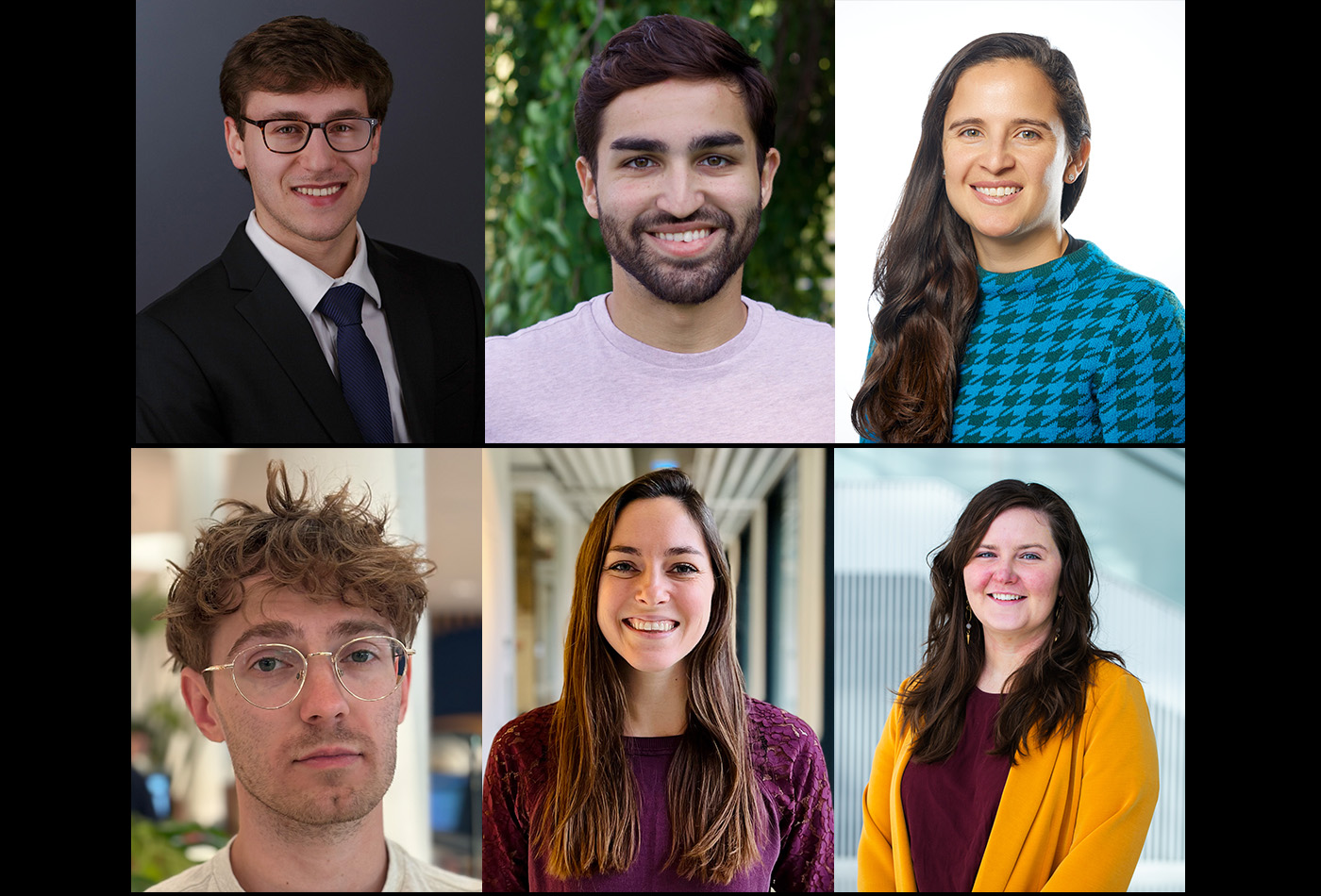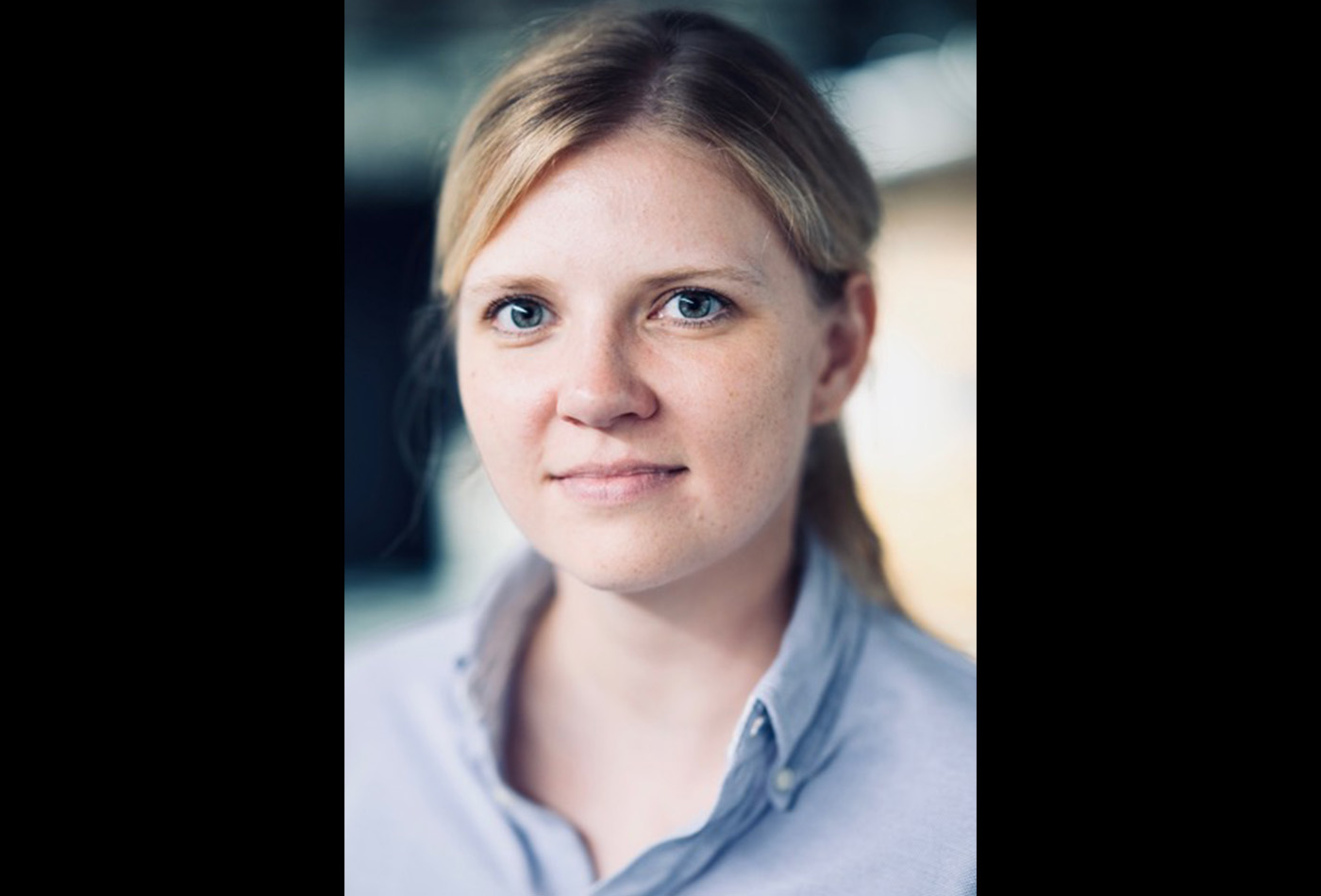New exhibits showcase trailblazing MIT women
Materials from MIT’s Distinctive Collections reveal stories of women at the Institute.
This spring, two new exhibits on campus are shining a light on the critical contributions of pathbreaking women at the Institute. They are part of MIT Libraries’ Women@MIT Archival Initiative in the Department of Distinctive Collections. Launched in 2017, the initiative not only adds to the historical record by collecting and preserving the papers of MIT-affiliated women, it shares their lives and work with global audiences through exhibits, multimedia projects, educational materials, and more.
Under the Lens
“Under the Lens: Women Biologists and Chemists at MIT 1865-2024,” examines the work of women in science and engineering at MIT beginning with Ellen Swallow Richards, the Institute’s first female student and instructor, through the present day, when a number of women with backgrounds in biology, biological engineering, chemistry, and chemical engineering — the subjects of focus in this exhibit — hold leadership positions at the Institute, including President Sally Kornbluth, Vice Provost for Faculty Paula Hammond, and Professor Amy Keating, who heads the Department of Biology.
Exhibit curator Thera Webb, Women@MIT project archivist, explains the exhibit title’s double meaning: “The women featured in ‘Under the Lens’ are scientists whose work engages with the materials of our world on a molecular level, using the lens of a microscope,” she says. “The title also plays on the fact that women’s ability to work as scientists and academics has been scrutinized through the lens of public opinion since Victorian-era debates about co-education.”
Items for the exhibit, selected from Distinctive Collections, demonstrate the experiences of women students, research staff, and faculty. They include the 1870 handwritten faculty meeting notes admitting Richards, then Ellen Henrietta Swallow, as MIT’s first female student, stating “the Faculty are of the opinion that the admission of women as special students is as yet in the nature of an experiment.” Materials from alumna and late professor ChoKyun Rha’s “Rheological Characterization of Printing Ink,” circa 1979, include images of the development process of ink and data from experiments. Also on display are a lab coat and rodent brain tissue slides from the neuroscience laboratory of Susan Hockfield, MIT’s 16th president.
“The collections we have related to women at MIT not only show us what their academic and professional interests were, with items like lab notebooks and drafts of papers, but also how our MIT community has been actively supporting women in science,” says Webb. “Many of our alumnae and faculty have been involved with the founding of groups like the Association of American University Women, the MIT Women’s Association, the Association for Women in Science, and the Women in Chemistry Group.”
“Under the Lens: Women Biologists and Chemists at MIT 1865-2024” is on view in the Maihaugen Gallery (Room 14N-130) through June 21. There is an accompanying digital exhibit available on the MIT Libraries’ website.
Sisters in Making
“Sisters in Making: Prototyping and the Feminine Resilience,” on view in Rotch Library, explores the unseen women, often referred to as “weavers,” who were instrumental to the development of computers. The exhibit, the work of Deborah Tsogbe SM ’23 and Soala Ajienka, a current architecture graduate student, spotlights the women who built the core rope memory and magnetic core memory for the Apollo Guidance Computer.
“While we ultimately know the names of the first men on the Moon, and of those who spearheaded the engineering initiatives behind the Apollo 11 mission, the names of the countless women who had a vital hand in realizing these feats have been missing from historical discourse,” Tsogbe and Ajienka write. “The focus of our work has been to uncover the names and faces of these women, who held important positions including overseeing communications, checking codes, running calculations, and weaving memory.”
Working in the archives, Tsogbe and Ajienka sought to identify the women involved in this endeavor, going through personnel logs, press releases, and other historical artifacts. Originally focused on the women working on rope memory, they broadened the scope of women involved in the journey to the moon and were able to name 534 women across 29 classes of work and nine organizations. Tsogbe and Ajienka fabricated a core memory prototype with the names of some of these women stored; they were technicians, data key punchers, engineers, librarians, and office staff from MIT, Raytheon, and NASA. Called the “memory dialer,” the prototype is intended to be a living archive.
Tsogbe and Ajienka created “Sisters in Making” as 2023 Women@MIT Fellows. This fellowship invites scholars, artists, and others to showcase materials from Distinctive Collections in engaging ways that contribute to greater understanding of the history of women at MIT and in STEM. The project also received a grant from the Council for the Arts at MIT.
“Deborah and Soala’s exhibit shows the variety of ways that the rich materials in the Women@MIT collections can be used,” says Webb. “Projects like these really highlight the value of historical collections in ways outside of traditional scholarly publications.”
“Sisters in Making: Prototyping and the Feminine Resilience” is on view in Rotch Library (Room 7-238) through April 8.





